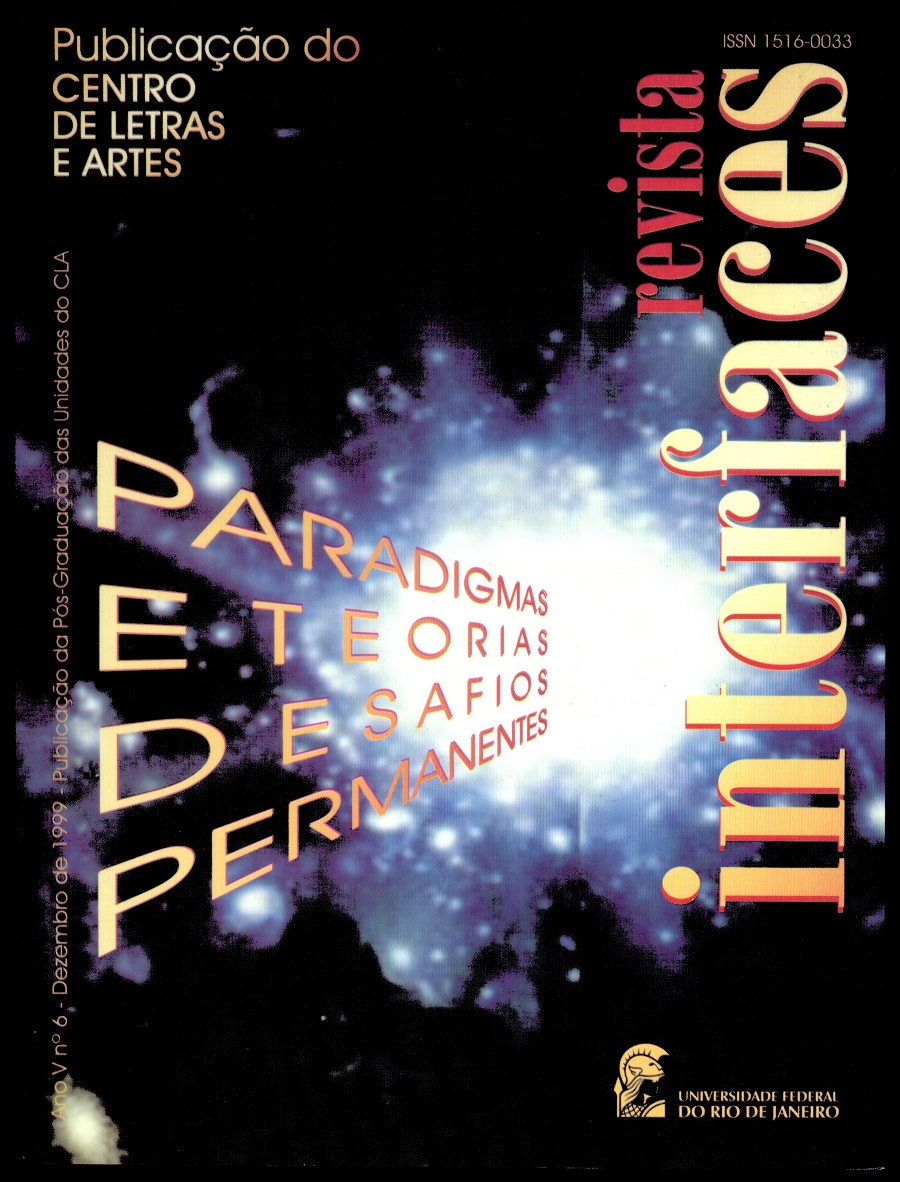Discurso e Matéria: Paradigmas sobre a Criação da Forma
Palavras-chave:
Tradição, InovaçãoResumo
This study works from the basis that architectonic form is a type of knowledge where scientific and artistic ideas conjoin. In any period of history under study, architectural form and space consciously or unconsciously materialize the mental structure of a cultural system. Developing these hypotheses, the research’s main objective was to identify the dialectic between tradition and innovation in the process of generating architectural form. Through an investigation of the architecture produced in Rio de Janeiro between 1930 and 1957, the research demonstrated how past images and experiences were incorporated, transformed and reformulated, serving as the underpinning for the emergence of new architectural forms. With a basis in formal synthesis, the study identified composite principles, geometric and symbolic aspects which demonstrate an underlying organization and a system of established values where architectural forms reveal the ambiguities between discourse and materiality.Downloads
Referências
ALVIM, S. P. de F. (1981), O estudo da forma: o caso barroco. Rio de Janeiro: UFRJ - Escola de Comunicação. Dissertação de Mestrado.
BENÉVOLO, L. (1989). História da arquitetura moderna. São Paulo: Perspectiva.
BRONOWSKY. J. (1983). Arte e conhecimento: ver, criar e imaginar. Lisboa: Edições 70.
BRUAND, Y. (1991). Arquitetura contemporânea no Brasil. São Paulo: Perspectiva.
COELHO NETTO, J. T. (1979). A construção do sentido na arquitetura. São Paulo: Perspectiva.
CORBUSIER, Le (1977) Por uma arquitetura. São Paulo: Perspectiva.
______. (1984). Planejamento urbano. São Paulo: Perspectiva.
______. (1996). A arte decorativa. São Paulo: Martins Fontes.
DA MATTA, R. (1983). Comunicação pessoal. Rio de Janeiro.
DROSTE, M. (1994). Bauhaus. Berlin: Taschen.
FOCILLON, H. (1971). Vida das formas. Rio de Janeiro: Zahar.
FRANCASTEL, P. (1973). A realidade figurativa. São Paulo: Perspectiva.
JOHNSON, P. C. (1953). Mies Van der Rohe, 1923. New York: Museum of Modern Art.
NAFFAH NETO, A. (1989). Paixões e questões de um terapeuta. São Paulo: Ágora.
NORBERG-SCHULZ, C. (1980). Genius Loci. Towards phenomenology of architecture. London: Academy Editions.
READ, H. (1967). As or/gens da forma na arte. Rio de Janeiro: Zahar.
STROETER, J. R. (1986). Arqu/tefura e teorias. São Paulo: Nobel.
SUMMERSON, J. (1982). A linguagem clássica da arquitetura. São Paulo: Martins Fontes.
TANGE, Kenzo (1960).Tradition and creation in Japanese architecture. Tóquio: Zokeisha.
ZEVl, B. (1978). Saber vera arquitetura. São Paulo: Martins Fontes.
______. (1984). A linguagem moderna da arquitetura. Lisboa: Dom Quixote.
Downloads
Publicado
Edição
Seção
Licença

Este trabalho está licenciado sob uma licença Creative Commons Attribution 4.0 International License. O envio dos trabalhos implica a cessão sem ônus dos direitos de publicação, inclusive em versão eletrônica online. Todos os diretos provenientes da venda da revista ficam cedidos à Revista InterFACES. A republicação dos trabalhos deve mencionar a publicação original em Revista InterFACES.


